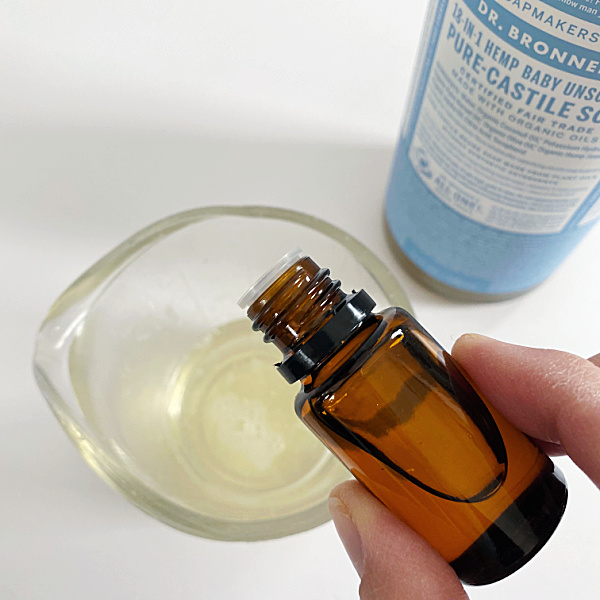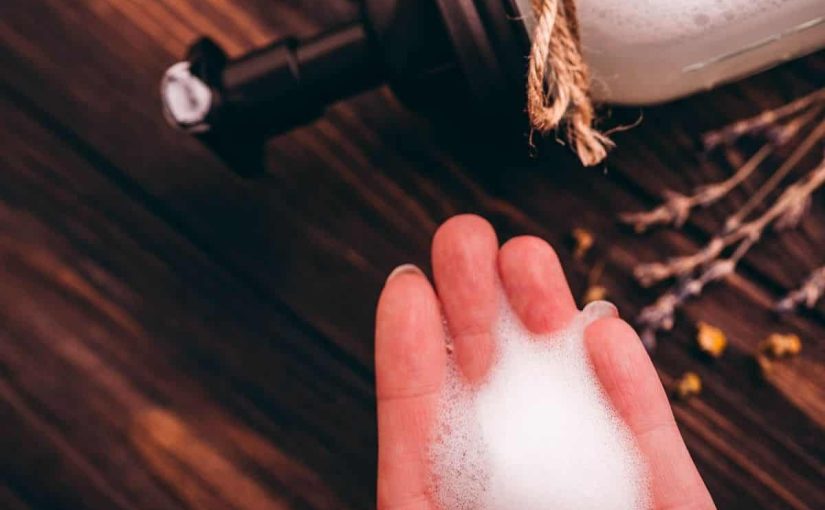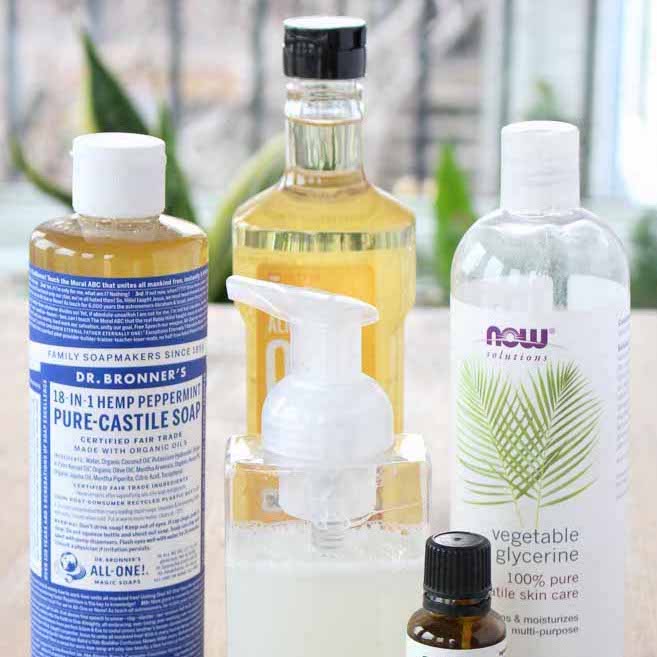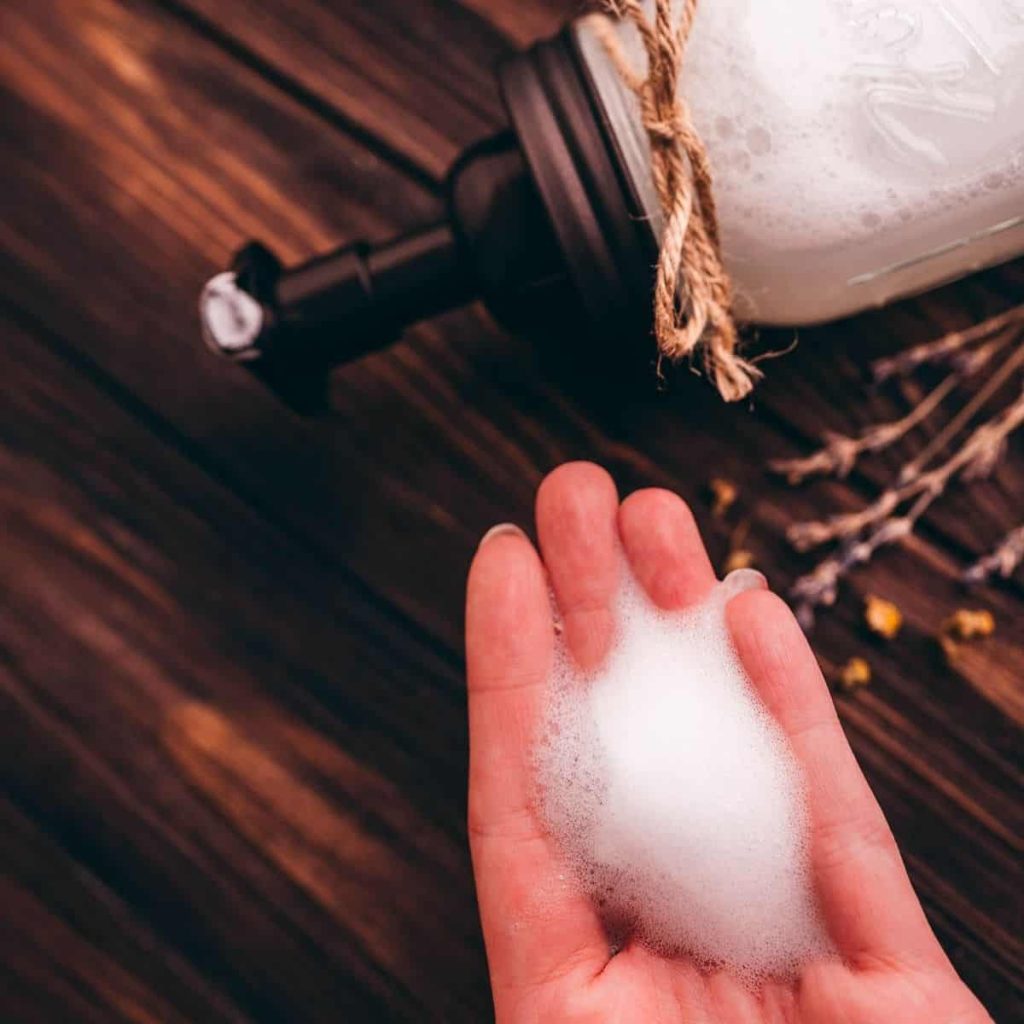Why Choose Homemade Foaming Hand Soap
Choosing to make foaming hand soap at home has several advantages. Homemade products allow you to control the ingredients, ensuring that you’re using safe and non-toxic components. This is especially important for those with allergies or sensitivities to certain chemicals commonly found in store-bought soaps.
Additionally, creating your own foaming hand soap can be more cost-effective in the long run. Purchased in bulk, the raw ingredients may amount to less expense than repeatedly buying ready-made soaps.
There’s also an element of customization with DIY foaming hand soap. You can select scents and oils that appeal to your personal preferences, making the hand-washing experience more enjoyable.
Lastly, making foaming hand soap contributes positively to the environment by reducing plastic waste. Reusable dispensers cut down on the number of plastic bottles discarded, which is excellent for eco-conscious consumers.
In summary, homemade foaming hand soap offers benefits like customizability, cost savings, safety, and environmental friendliness, making it an excellent choice for health-conscious and budget-aware individuals.
Essential Ingredients for Foaming Hand Soap
To successfully make foaming hand soap, you’ll need a few key ingredients. Each component serves a specific purpose in creating a gentle, effective product.
Base Liquid Soap
The base liquid soap acts as the foundation of your foaming hand soap. It’s important to choose a mild, unscented liquid soap. This ensures a neutral base that won’t irritate the skin. Consider using a castile soap for its natural and versatile properties. About one part of base liquid soap to five parts water is a common ratio.
Distilled Water
Distilled water is vital for diluting the base soap. This helps in creating the perfect foaming consistency. Tap water can contain minerals that might build up in the dispenser or affect the soap quality. Distilled water is pure, preventing these issues and extending the shelf life of your handmade soap.
Natural Oils and Fragrances
For a touch of personalization, natural oils and fragrances can enhance the sensory experience. Essential oils like lavender, tea tree, or peppermint are popular choices. They add a pleasant aroma and may offer additional skin benefits. Always use a few drops to start, as essential oils are potent. You can adjust the amount to suit your scent preference.
The Role of a Foaming Soap Dispenser
The foaming soap dispenser is key when you make foaming hand soap. It turns the mixture of liquid soap and water into a rich foam. This foam is gentle on the skin and provides a luxurious feel during washing. A special pump is part of the dispenser. It mixes air with the liquid soap base, creating foam. The pump’s design ensures the right amount of soap and air combine. It uses less soap overall, which saves money and is better for the environment.
For DIY soap making, choose a reusable foaming dispenser. It should be easy to clean and fill. Make sure the pump works smoothly to get the best foam quality. The size of the dispenser also matters. It should be large enough to hold enough soap but not too bulky. This keeps hand washing convenient.
To sum it up, a foaming soap dispenser is essential. It uses air to create hygiene-friendly foam and makes your DIY project sustainable. Get a good quality dispenser to enjoy the full benefits of homemade foaming hand soap.
Step-by-Step Soap Making Process
Creating foaming hand soap is a rewarding DIY task. Follow these steps for a smooth soap-making adventure.
Measuring the Ingredients
Begin by measuring your base liquid soap. Use a suitable ratio like one part soap to five parts distilled water. Next, decide how much essential oil you desire. Start with a few drops; you can add more later. Use precise measurements for consistency and optimal results.
Mixing and Blending
Combine the base liquid soap with distilled water in a large bowl. Stir them gently but thoroughly. This ensures even distribution without creating suds. Then, slowly add your chosen essential oils. Stir the mixture again after each addition. This step is crucial for achieving the right fragrance intensity.
Filling the Dispenser
Finally, it’s time to fill your foaming soap dispenser. Pour the mixed soap gently to avoid creating bubbles. If your dispenser has a wide opening, use a funnel to prevent spills. Screw the pump back on tightly. Press a few times to prime it, then enjoy the homemade foaming hand soap you’ve created.
Customizing Your Hand Soap
After crafting the base of your foaming hand soap, customization can make it truly unique. With the addition of essential oils and natural exfoliants, you create a sensory and skin-care experience customized to your taste and skin needs.
Adding Essential Oils
Essential oils offer more than a pleasant scent—they can bring therapeutic benefits to your hand soap. Consider what you need your soap to do. Are you looking for relaxation or invigoration? For relaxation, lavender or chamomile oils work well. For a pick-me-up, citrus or peppermint oils can energize your senses. Remember, start with a few drops of essential oil and add more as needed to avoid overpowering the soap with scent.
To make foaming hand soap that energizes, uplifts, or calms as it cleans, follow this step:
- Select your essential oils based on the benefits they offer.
- Add a few drops to your soap base and water mixture.
- Mix well to ensure the oil is evenly distributed.
- Adjust the amount to suit preferences, but take care not to use too much.
Incorporating Natural Exfoliants
Natural exfoliants can gently remove dead skin cells, making hands feel smoother. Common options include fine sugar, ground coffee, or oatmeal. These should be ground finely to avoid clogging the foaming dispenser.
To add exfoliants to your foaming hand soap, follow these suggestions:
- Choose your natural exfoliant.
- Mix a small amount into your base soap before adding water.
- Ensure the exfoliant is dispersed evenly.
- Test the pump to make sure the texture is suitable for the dispenser.
Customizing your foaming hand soap with essential oils and exfoliants enhances your hand-washing experience. This makes it both functional and enjoyable, with the added bonus of skin care benefits.
Tips for Long-Lasting Foam Consistency
To ensure your homemade foaming hand soap retains a luxurious, rich foam, follow these tips:
- Use the right ratio: Stick to one part base liquid soap to five parts distilled water.
- Choose quality soap: Opt for high-quality, mild liquid soap for a stable foam foundation.
- Pure water is best: Always use distilled water to avoid mineral buildup and maintain foam quality.
- Clean dispenser regularly: Keep your foaming soap dispenser clean to prevent clogging and ensure consistent foam production.
- Store properly: Keep your soap in a cool, dry place away from direct sunlight to preserve the foam’s texture and the efficacy of essential oils.
- Shake gently before use: If the foam lessens over time, a gentle shake of the dispenser can reinvigorate the foaming action.
By carefully selecting your ingredients and maintaining your dispenser, you can enjoy long-lasting, foamy hand soap that makes every wash a pleasure.

Environmental and Health Benefits of DIY Soap
When you make foaming hand soap at home, you’re not just crafting a simple personal care product. You’re also making positive choices for both your health and the environment.
Fewer Chemicals: Store-bought soaps often contain a range of chemicals that can be harsh on the skin. By making your own, you control what ingredients go in, thus reducing the risk of skin irritations or allergies.
Eco-Friendly: Homemade soap making reduces plastic waste. Instead of buying new bottles, you can reuse dispensers. This helps cut down on plastic that ends up in landfills or oceans.
Non-Toxic: With natural ingredients like essential oils, you can avoid the toxins often found in commercial soaps. Plus, you know the soap is free from synthetic fragrances and colors.
Energy Conservation: Manufacturing and transporting store-bought soaps use a lot of energy. Making soap at home uses less energy and helps reduce your carbon footprint.
Healthier Skin: Natural oils and ingredients can provide better moisturization and care for your skin. This leads to healthier, more nourished hands.
Safe for All Ages: DIY foaming hand soap is also great for children or those with sensitive skin, as it can be made mild and gentle.
In conclusion, when you make foaming hand soap yourself, you gain numerous health benefits. You also contribute to a healthier planet by making eco-conscious choices in your daily routine.


